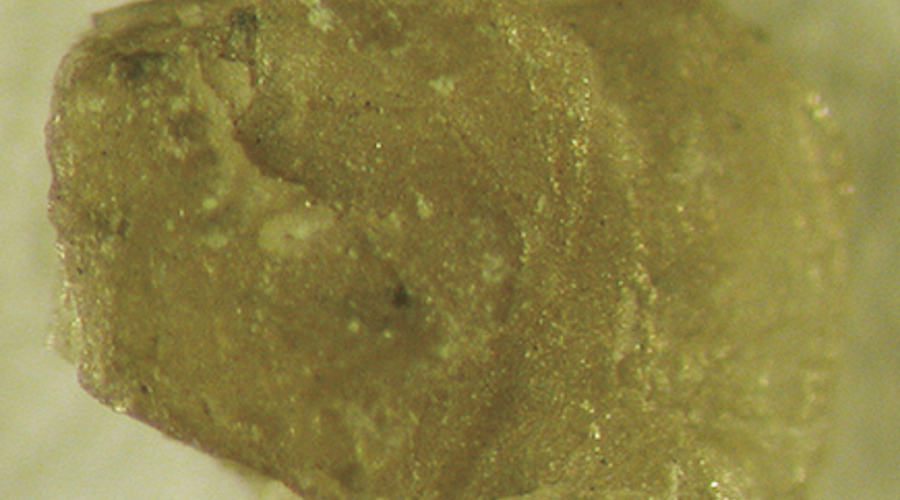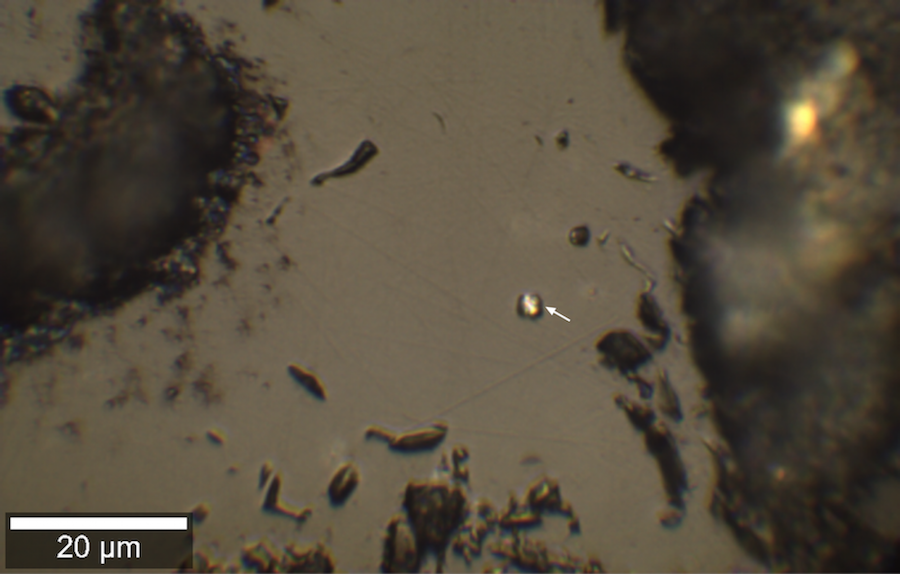Mining
Sunday, July 24th, 2022 8:00 am EDT

To reach their conclusions, the scientists used detailed state-of-the-art crystallographic and spectroscopic examinations of the mineral lonsdaleite from the Canyon Diablo iron meteorite first found in 1891 in the Arizona desert.
Named after the pioneering British crystallographer Dame Kathleen Lonsdale, lonsdaleite was previously thought to consist of pure hexagonal diamond, distinguishing it from the classic cubic diamond. However, the team found that it is in fact comprised of nanostructured diamond and graphene-like intergrowths – where two minerals in a crystal grow together – called diaphites. The team also identified stacking faults, or ‘errors’ in the sequences of the repeating patterns of layers of atoms.
“Through the recognition of the various intergrowth types between graphene and diamond structures, we can get closer to understanding the pressure-temperature conditions that occur during asteroid impacts,” Péter Németh, lead author of the study, said in a media statement.
Németh and his colleagues also found that the distance between the graphene layers is unusual due to the unique environments of carbon atoms occurring at the interface between diamond and graphene. They also demonstrated that the diaphite structure is responsible for a previously unexplained spectroscopic feature.
“This is very exciting since we can now detect diaphite structures in diamond using a simple spectroscopic technique without the need for expensive and laborious electron microscopy,” study co-author Chris Howard said.
According to the group, the structural units and the complexity reported in the lonsdaleite samples can occur in a wide range of other carbonaceous materials produced by shock and static compression or by deposition from the vapour phase.
Thus, they believe that through the controlled layer growth of structures, it should be possible to design ultra-hard and ductile materials, as well as have adjustable electronic properties from a conductor to an insulator.
This post has been syndicated from a third-party source. View the original article here.




